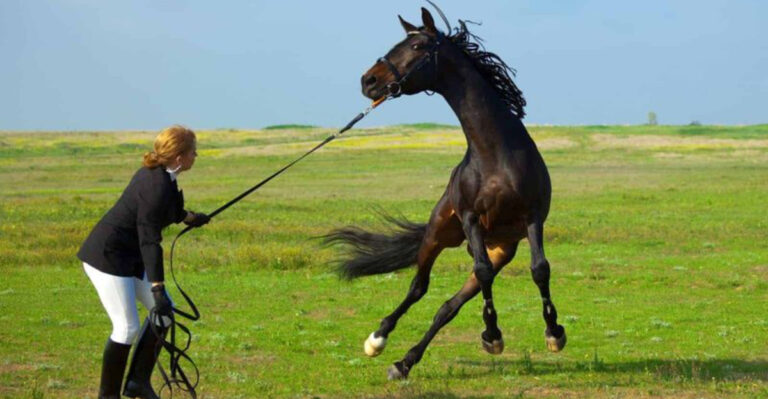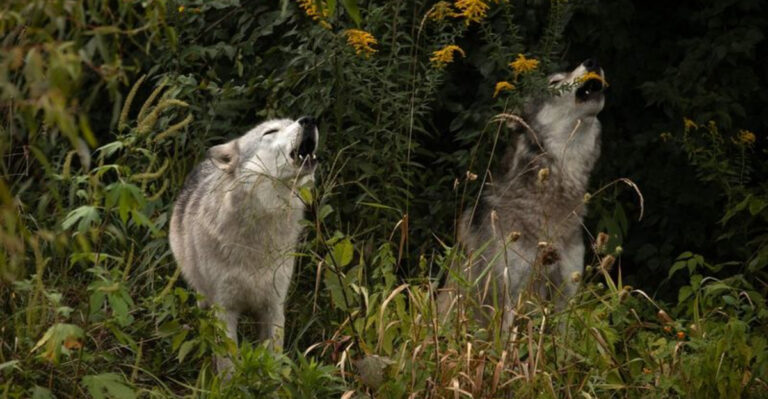16 Signs You’re Doing Everything Right For Your Hummingbirds
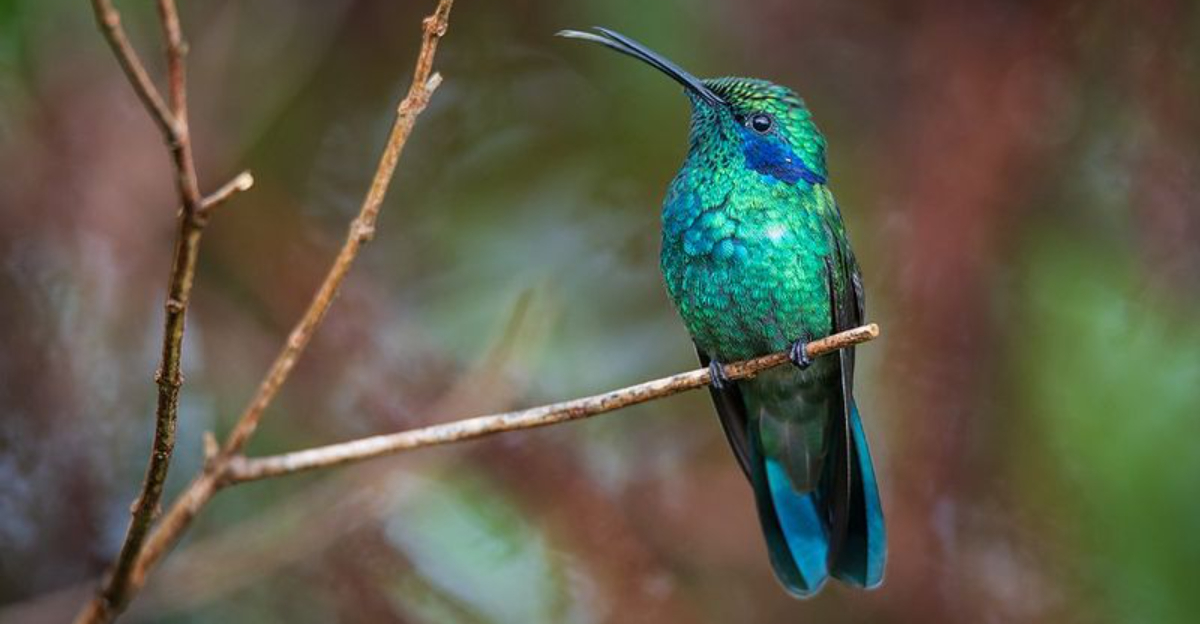
Ever thought about becoming the ultimate backyard hero? By mastering the art of hummingbird hospitality, you’ll find yourself hosting the most vibrant birds in the neighborhood.
With their shimmering feathers and lightning-fast wings, these tiny daredevils are sure to bring joy and wonder to your garden. Here’s how you know you’re acing it for your hummingbird visitors!
1. Feeder Placement Perfection
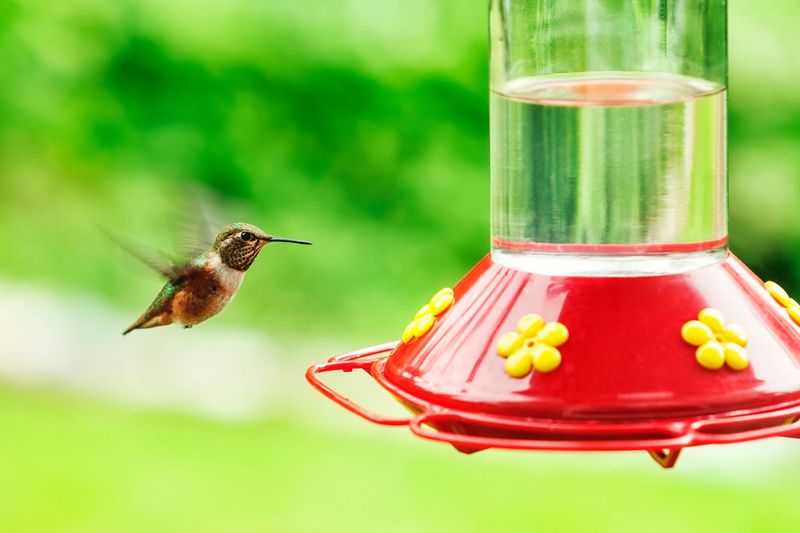
Hang your feeders in a spot with dappled sunlight. Too much sun can spoil the nectar, while too much shade can make it hard for birds to spot. Paying attention to this detail ensures your garden becomes a hummingbird hotspot! Try repositioning until you notice a flurry of feathered visitors.
2. Fresh Nectar Always
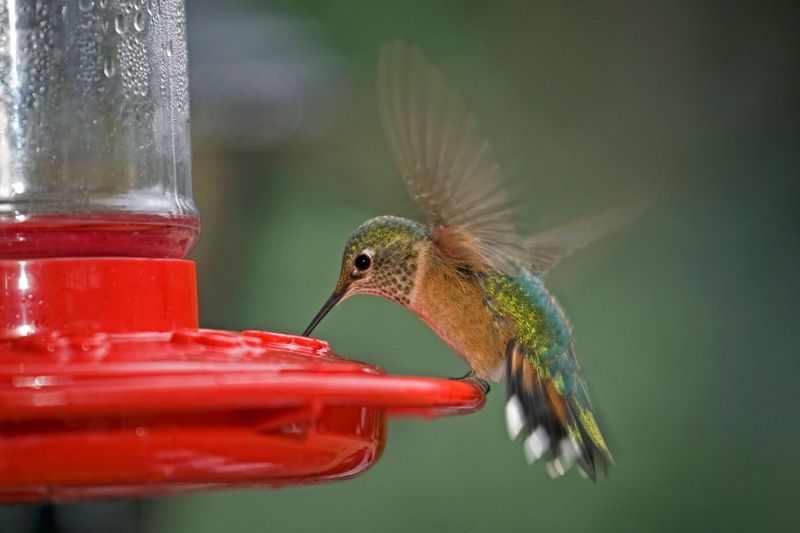
Keeping the nectar fresh is like offering a gourmet meal to your guests! Replace it every couple of days, especially in hot weather. This prevents fermentation and keeps your tiny visitors healthy and happy. Watch them flock to your garden like it’s the latest cafe in town.
3. Diverse Floral Buffet
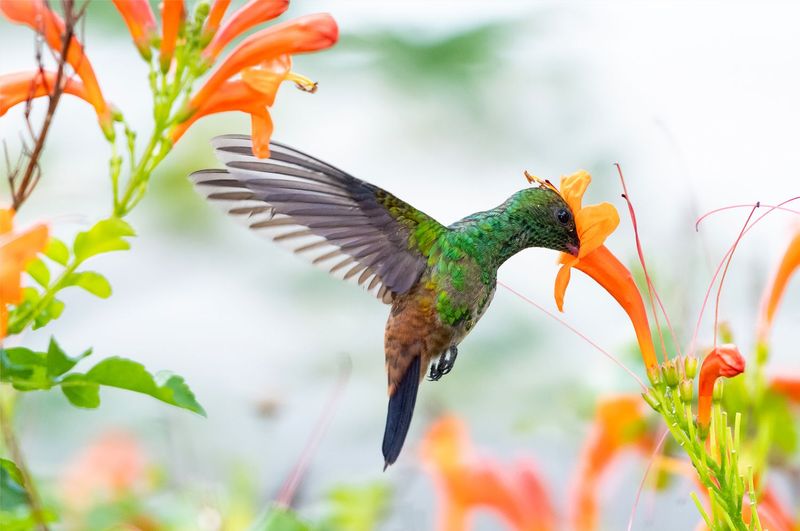
A mix of flowers can turn your garden into a five-star buffet for hummingbirds. Opt for tubular and brightly colored blooms. Not only do they add beauty to your garden, but they also provide the perfect snack bar for these little wonders. Diversity is key!
4. Water Features
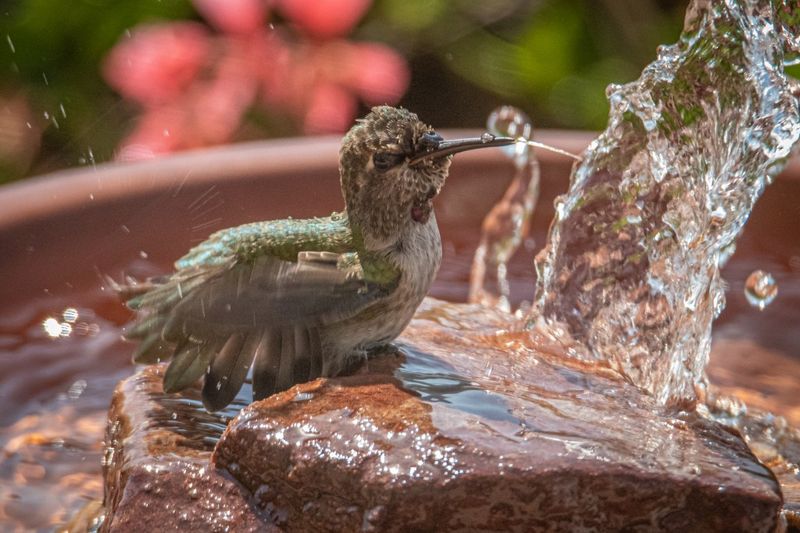
Adding a water feature like a mister or a shallow birdbath is a splash hit! Hummingbirds enjoy a refreshing dip or a drink. It’s like having a mini waterpark that keeps them coming back for more. Just ensure the water is fresh and not too deep.
5. Avoiding Pesticides
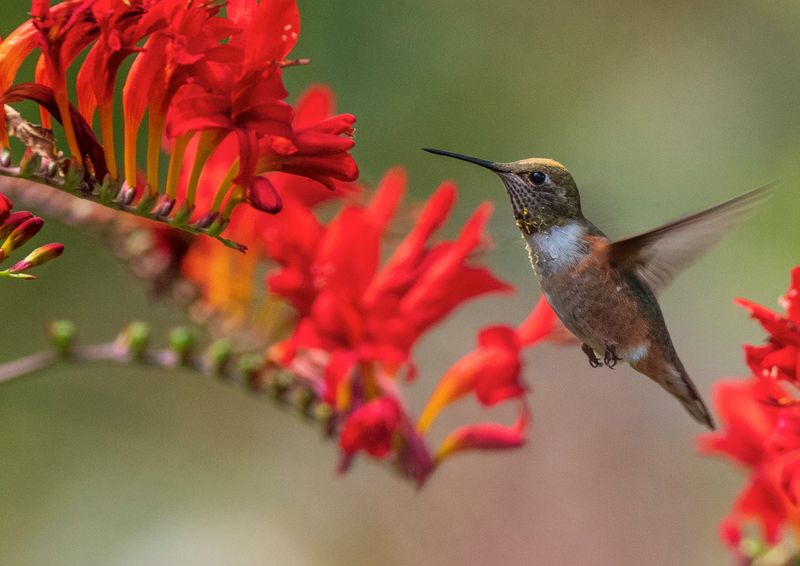
Pesticides might keep pests away, but they’re a no-no for hummingbirds. These little acrobats feed on insects too, so a pesticide-free garden ensures they get their protein fix. Going natural helps maintain a thriving and balanced ecosystem in your backyard.
6. Safe Nesting Spots
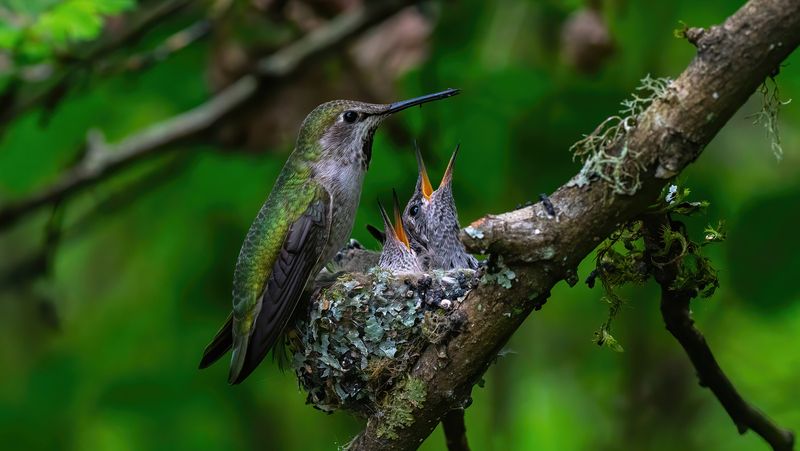
Offer cozy spots for nesting by planting shrubs and trees. Hummingbirds seek safe and sheltered places to raise their young. By providing suitable nesting areas, you’re ensuring future generations of hummingbirds grace your garden with their presence.
7. Red Accents Around Feeders
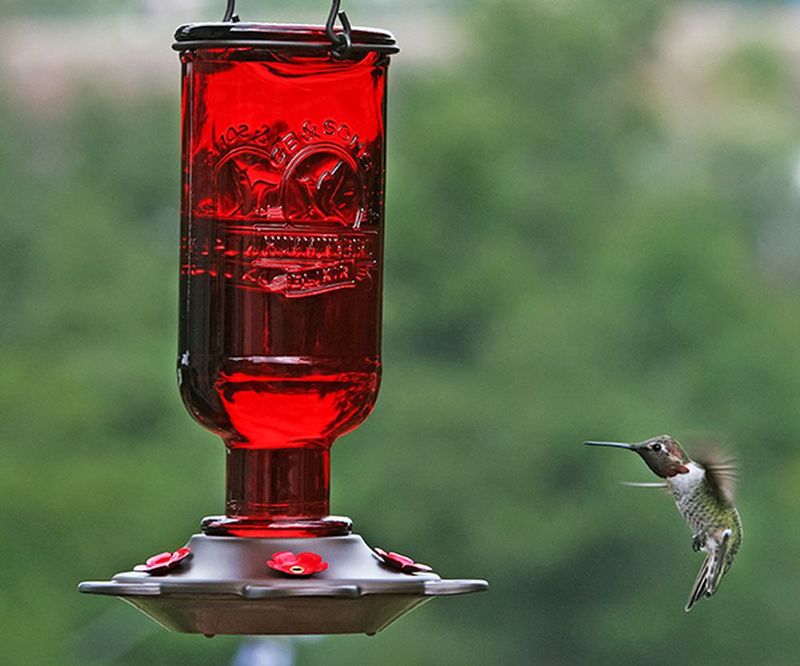
Red is the magic color that grabs a hummingbird’s attention. Use feeders with red parts or decorate around them with red ribbons. These accents act like a beacon, guiding the birds to their sugary feast. It’s like rolling out the red carpet for your tiny guests!
8. Providing Natural Perches
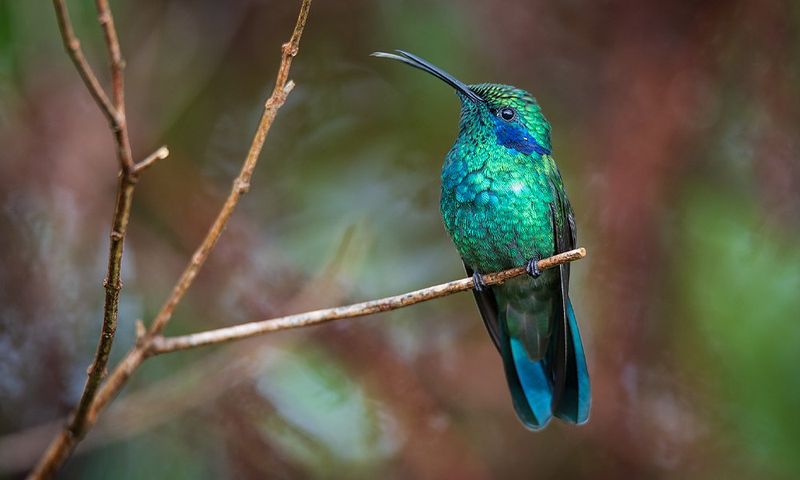
Hummingbirds need rest too. Providing natural perches gives them a spot to sit and survey their kingdom. Twigs, branches, or even wire can work wonders. Watch them pause with their tiny feet gripping the perch, ready to zoom off in a flash!
9. Temperature Considerations
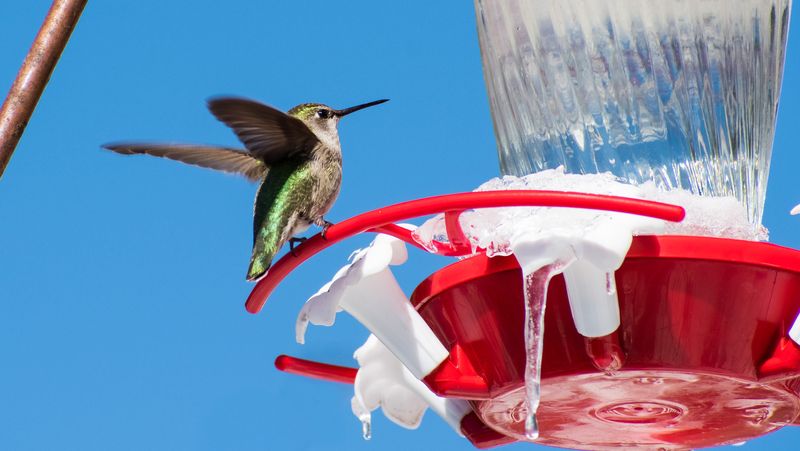
Extreme temperatures can affect hummingbird activity. In cooler climates, use heaters near feeders or bring them indoors at night. This ensures that even in chilly conditions, your garden remains a bustling hub of activity. The right temperature is key!
10. Knowledge Of Migration Patterns
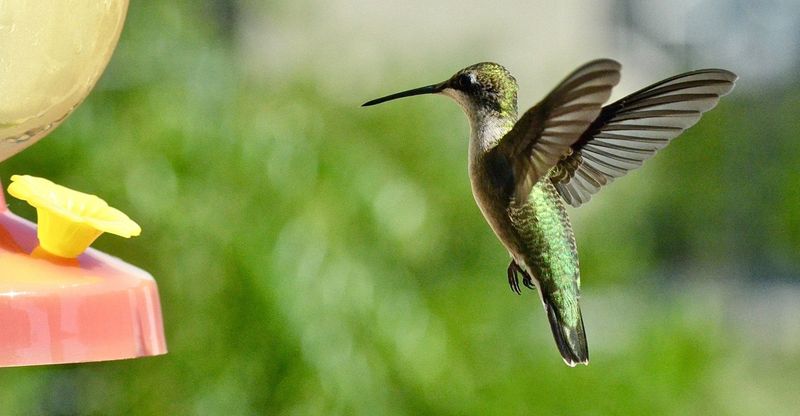
Understanding migration patterns helps in timing your feeder placements. Knowing when to expect your feathered friends allows you to prepare and ensure a steady food supply. This thoughtful timing turns your garden into an essential pit stop on their long journey.
11. Companion Planting Strategies
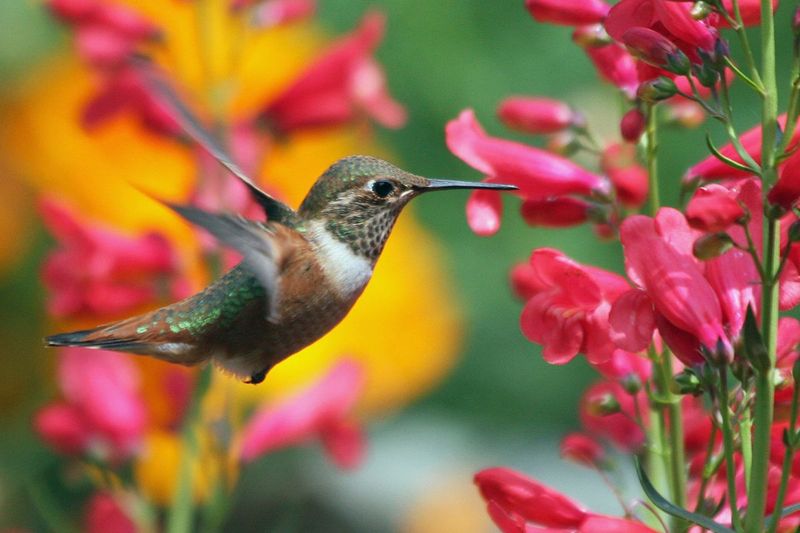
Combine plants that benefit each other to create a thriving ecosystem. Companion planting attracts more insects, which are a crucial food source for hummingbirds. This symbiotic relationship keeps your garden lively and the hummingbirds well-fed and content.
12. Seasonal Maintenance
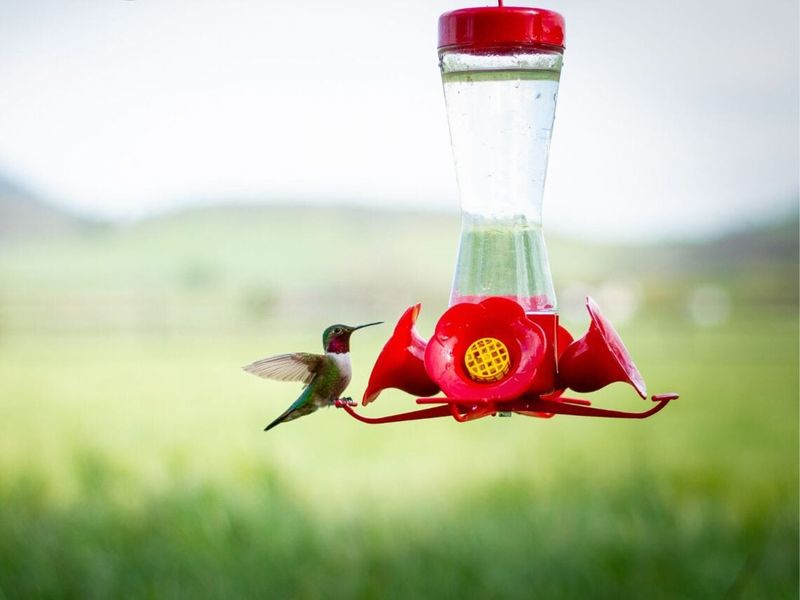
Regularly clean feeders and tidy up the garden. Seasonal maintenance helps in providing a pristine and welcoming environment. By removing debris and ensuring everything is in tip-top shape, you’ll see hummingbirds visiting more frequently, knowing your garden is a safe haven.
13. Offering A Variety Of Feeders
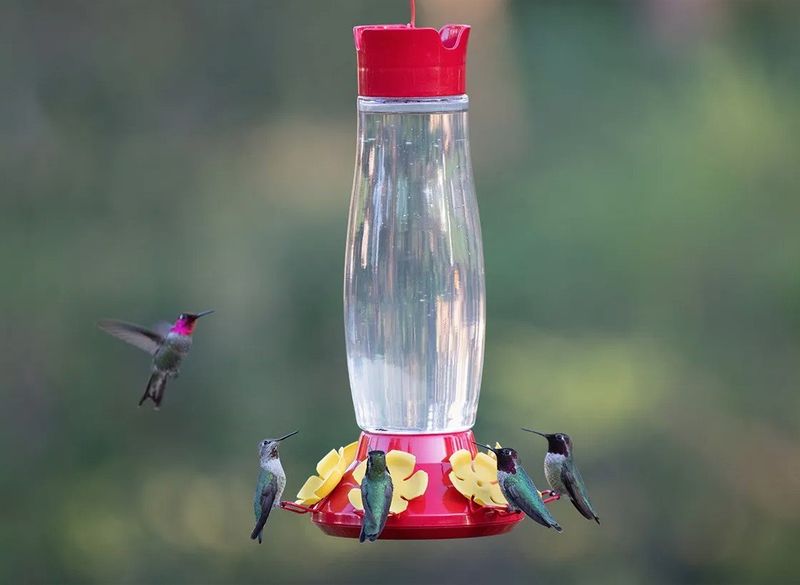
Different feeders can attract a diverse group of hummingbirds. By offering a variety, you cater to different preferences and needs. It’s like having multiple dining options, ensuring that every hummingbird feels at home. Diversity in feeders equals diversity in visitors.
14. Planting Early-Bloomers
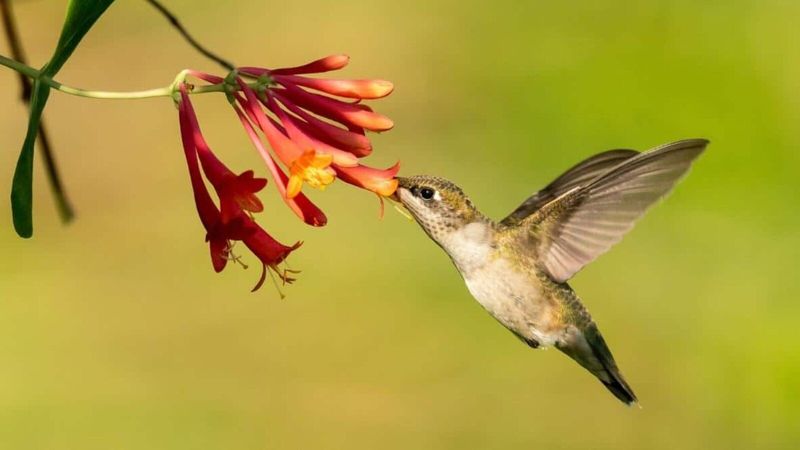
Early-blooming plants provide an essential food source right when hummingbirds return. This early welcome encourages them to stay and explore your garden. Planting these gives your garden a head start in becoming the season’s prime hummingbird destination.
15. Eliminating Window Hazards
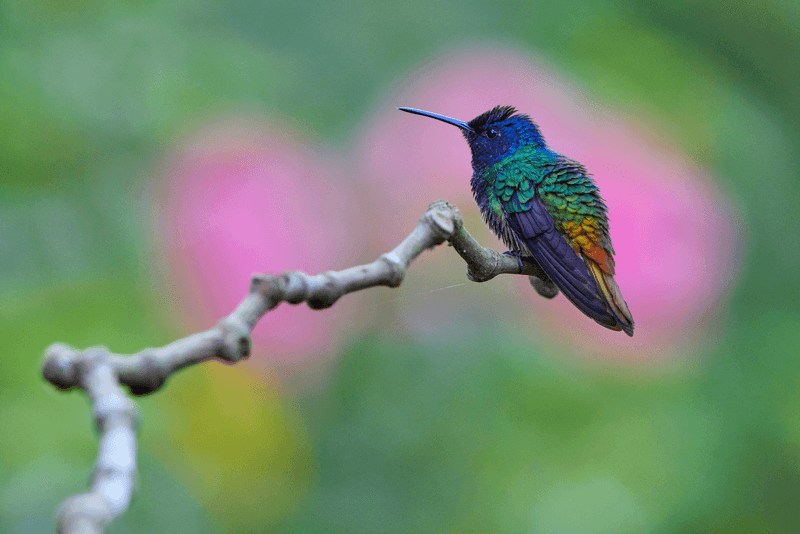
Windows can be deadly for hummingbirds. Use decals or markers to make windows visible to them, preventing collisions. This small change makes a big difference in safety, ensuring that your garden remains a sanctuary rather than a danger zone.
16. Engaging With The Community
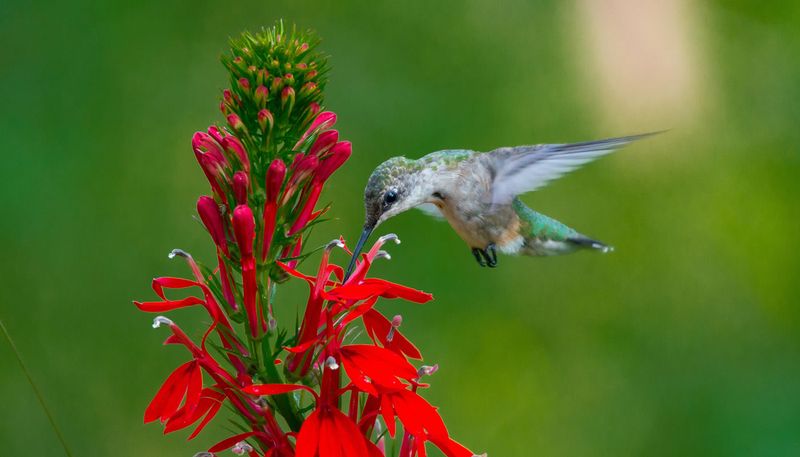
Share your passion by getting the community involved. Host garden tours or workshops. By engaging others, you’re not only spreading joy but also creating a supportive network that values hummingbird conservation. Together, you can make a bigger impact.





